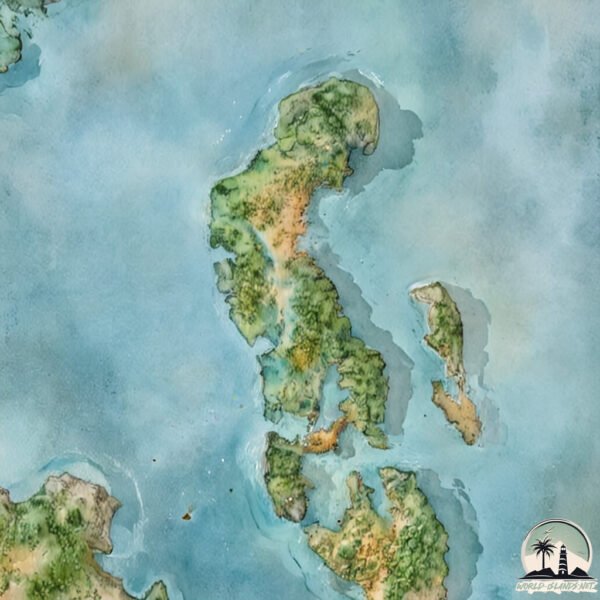Camorta

Welcome to Camorta, a Tropical island in the Andaman or Burma Sea, part of the majestic Indian Ocean. This guide offers a comprehensive overview of what makes Camorta unique – from its geography and climate to its population, infrastructure, and beyond. Dive into the details:
- Geography and Size: Explore the island’s size and location.
- Climate and Weather: Weather patterns and temperature.
- Topography and Nature: Uncover the natural wonders of the island.
- Infrastructure and Travelling: Insights on reaching, staying, and making the most of your visit.
- News and Headlines: Latest News.
Geography and size of Camorta
Size: 113.9 km²
Coastline: 226.1 km
Ocean: Indian Ocean
Sea: Andaman or Burma Sea
Continent: Seven seas (open ocean)
Camorta is a Large Island spanning 114 km² with a coastline of 226 km.
Archipel: Nicobar Islands – Part of a group of islands in the Indian Ocean, these are known for their stunning beaches, diverse ecosystems, and unique indigenous cultures.
Tectonic Plate: Aegean Sea – Located in the eastern Mediterranean, this microplate is characterized by seismic and volcanic activity due to its interaction with the Eurasian and African Plates.
The geographic heart of the island is pinpointed at these coordinates:
Latitude: 8.12759505 / Longitude: 93.5039677
Climate and weather of Camorta
Climate Zone: Tropical
Climate Details: Tropical Monsoon Climate
Temperature: Hot
Climate Characteristics: Characterized by heavy rainfall, high humidity, and uniformly high temperatures, but with a distinct short dry season. It features a seasonal reversal of prevailing wind directions.
Topography and nature of Camorta
Timezone: UTC+05:30
Timezone places:
Max. Elevation: 128 m
Mean Elevation: 35 m
Vegetation: Evergreen Broadleaf Forest
Tree Coverage: 55%
The mean elevation is 35 m. The highest elevation on the island reaches approximately 128 meters above sea level. The island is characterized by Plains: Flat, low-lying lands characterized by a maximum elevation of up to 200 meters. On islands, plains are typically coastal lowlands or central flat areas.
Dominating Vegetation: Evergreen Broadleaf Forest
Characterized by dense, lush canopies of broadleaf trees that retain their leaves year-round. These forests are typically found in tropical and subtropical regions and are known for their high biodiversity. Camorta has a tree cover of 55 %.
Vegetation: 11 vegetation zones – Exceptionally Diverse Island
Islands with more than ten vegetation zones are among the most ecologically rich and varied in the world. These islands are akin to miniature continents, boasting an incredible array of ecosystems. The sheer range of habitats, from high peaks to deep valleys, rainforests to deserts, creates a mosaic of life that is unparalleled. They are crucial for conservation and ecological studies.
Infrastructure and Travelling to Camorta
Does the island have a public airport? no.
There is no public and scheduled airport on Camorta. The nearest airport is Sultan Iskandar Muda International Airport, located 348 km away.
Does the island have a major port? no.
There are no major ports on Camorta. The closest major port is SABANG, approximately 309 km away.
The mean population of Camorta is 19 per km². Camorta is Gently Populated. The island belongs to India.
Continuing your journey, Trinkat Island is the next notable island, situated merely km away.
India is classified as Emerging region: BRIC: Brazil, Russia, India, and China – Economies noted for their rapid growth and increasing influence on global affairs. The level of income is Lower middle income.
News – Latest Updates and Headlines from Camorta
Stay informed with the most recent news and important headlines from Camorta. Here’s a roundup of the latest developments.
Please note: The data used here has been primarily extracted from satellite readings. Deviations from exact values may occur, particularly regarding the height of elevations and population density. Land area and coastline measurements refer to average values at mean high tide.
